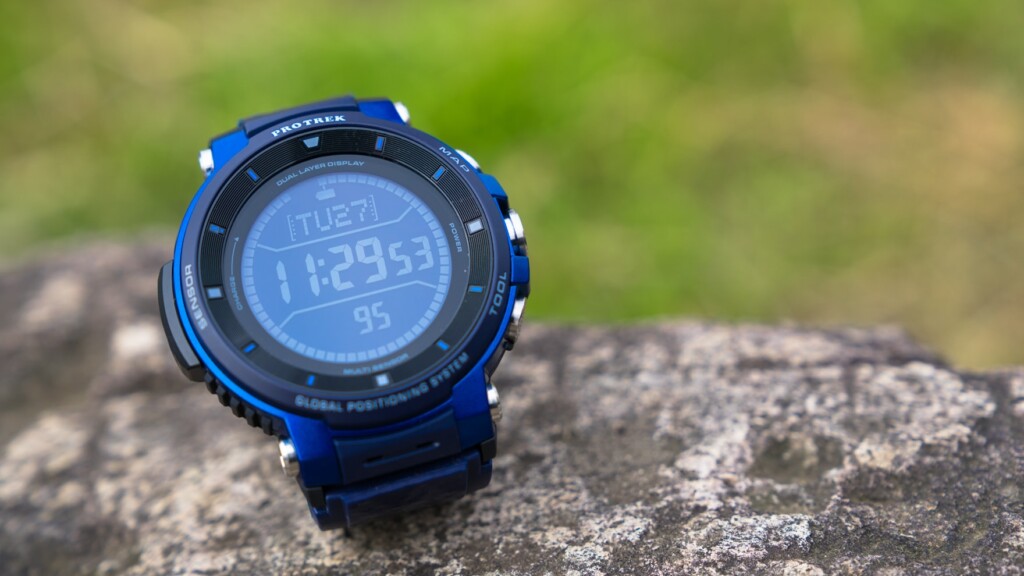
First Look: Casio PRO TREK Smart WSD-F30 Fastest Review What's new from the previous model?
PRO TREK Smart, which you can wear every day, is now available!
In January 2019, the latest model WSD-F30 PRO TREK Smart will be released. It seems that advance reservations will begin on December 1st, 2018 at stores that sell PRO TREK Smart
WSD-F20, which not only has functions and durability that are used in outdoor scenes, such as various sensors and offline maps, but also has the long-awaited downsizing after almost two years. the first WSD-F10, Outdoor Gearzine has been paying attention to this series and has reviewed various ways to use it in the mountains, but this time I was able to use the sample machine that was before it was released earlier. First, I would like to quickly report on what has been new and compare it with the previous model.
table of contents
- table of contents
- Comparison by appearance
- It's lighter and more compact, making it easier for women to use
- Slim and soft belts can be replaced as standard
- Image quality, color development, contrast... everything has been improved with an organic EL display and an automatic brightness adjustment function using an illumination sensor
- By reviewing the buttons, it is less likely that erroneous operations will occur...
- Original watch face "Frontier" has been added
- Comparison of functional aspects
- Summary: With the long-awaited orthodox evolution and detailed improvements, it will make it an outdoor smartwatch that you'll want to wear every day
table of contents
- Comparison by appearance
- It's lighter and more compact, making it easier for women to use
- Slim and soft bands can be replaced as standard
- Image quality, color development, contrast... everything has been improved with an organic EL display and an automatic brightness adjustment function using an illumination sensor
- By reviewing the buttons, it is less likely that erroneous operations will occur...
- Original watch face "Frontier" has been added
- Comparison of functional aspects
- Summary: With the long-awaited orthodox evolution and detailed improvements, it will make it an outdoor smartwatch that you'll want to wear every day
Comparison by appearance
It's lighter and more compact, making it easier for women to use
the F30 is its compact body size. As for the basic design, the case is now smaller by 61.7mm to 60.5mm (-1.2mm) in height and 57.7mm to 53.8mm (-3.9mm) in width.
When you put it on your arm, it becomes even more small. The thickness is only thinner, but I think this alone has made it a design that fits even more easily with people with thin arms like me and women. By the way, blue has been added to the traditional orange and black.
The weight has also been slightly lighter, giving it a more natural fit and comfort.
Slim and soft belts can be replaced as standard
As the body is getting smaller, the belt is also being redesigned. The width is about 4mm thinner than before, and the thickness is slightly thinner and more supple. Furthermore, the narrower hole spacing as shown in the photo allows for even finer adjustment of the length.
The F30 also comes standard with a belt replacement function that was only available in the special model, the F20X Now you can expect to customize it to your liking, such as a 24mm wide NATO strap or metal band (although I haven't tried it). This is merely happy.
Image quality, color development, contrast... everything has been improved with an organic EL display and an automatic brightness adjustment function using an illumination sensor
Another major renewal point of the F30 Compared to previous TFT LCDs, OLED displays generally have superior image quality, response speed, color development, contrast, viewing angle, and power consumption. Despite the smaller screen size from 1.32 inches to 1.2 inches, this evolution allows for higher-definition (320 x 300 → 390 x 390) screen display than the previous model.
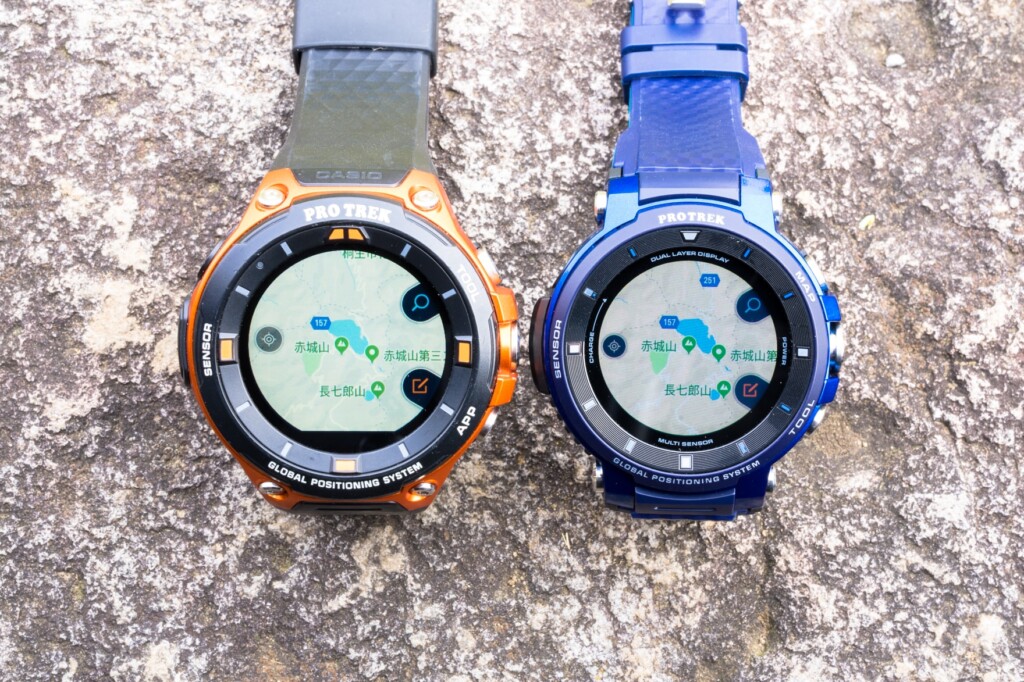
We compared the highest illumination outdoors in a cloudy sky. At first glance, the TFT LCD (left) from the previous model looks brighter, but the organic EL LCD (right) is more refined, has vivid color development, and has a stronger contrast, making it easy to see on a small screen.
Furthermore, it is now possible to set the screen brightness automatically to suit your surroundings from the F30 This feature is surprisingly common on smartphones, but for me, I'm not good at worrying about small details, I'm very grateful for it.
By reviewing the buttons, it is less likely that erroneous operations will occur...
The shape of the button part has also been slightly revised. As you can see from the photo below, the F20 , the buttons are raised from the surrounding area, but the F30 is flat to fill in the unevenness of the buttons (on the arm), making it less likely to cause erroneous operations when bent the wrist.
However, this would have been fine, but what really bothers me was the feeling when I pressed the button. The click-like feeling that was in the previous model is gone, giving it a soft and heartwarming impression. Once you get used to it, it may not be possible, but personally I prefer the feel of the previous model.
Original watch face "Frontier" has been added
A new original watch face, "Frontier," has been added. Hex meshes are spread over a world map with an emphasis on top of the terrain, and the locations visited are filled with color. Unfortunately, at the moment, only one place in Tokyo has been painted, but I can't help but want to wear it and paint all over the world.
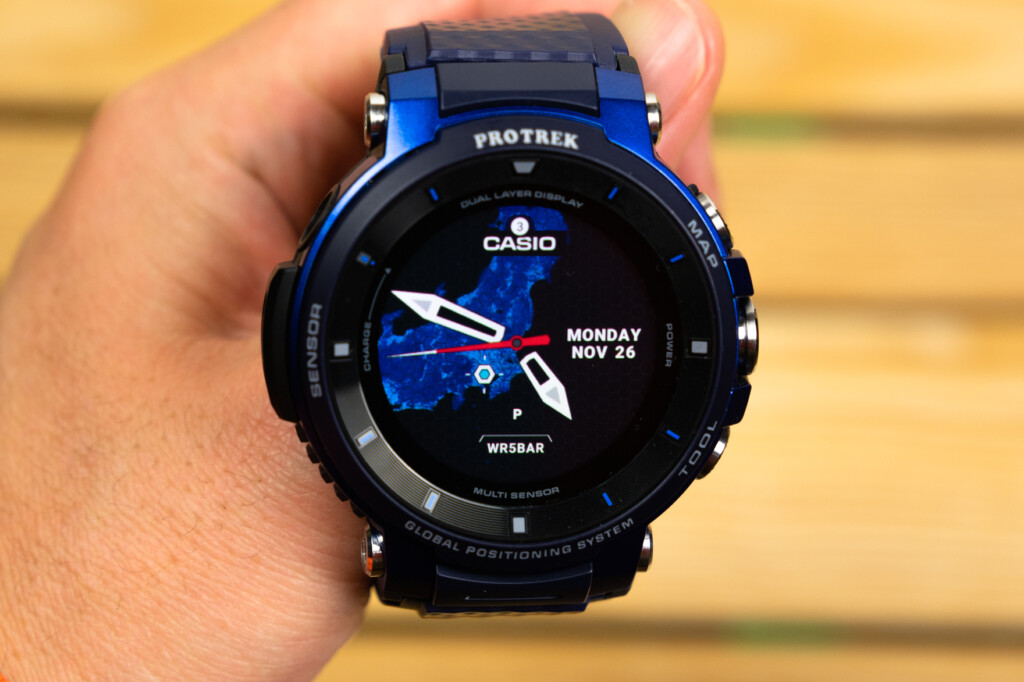
On the new watch face "Frontier," hexagonal pins are increasingly standing at the locations they visit.
Comparison of functional aspects
More detailed, convenient and easy to use monochrome display mode
F20 , the monochrome display mode, which was a dry display of only date and time, has dramatically increased the number of items that can be displayed on F30 For example, all displays of altitude, pressure, and orientation, or battery level or pedometer. This eliminates the need to activate the sensor from the tool button every time, which greatly contributes to battery savings.
Three battery modes that allow you to efficiently save batteries according to your application
Compared to other GPS outdoor watches, battery life has been a bit of a concern for some time, but the F30 has thoroughly reviewed its internal circuit design and algorithms, and has been equipped with three battery modes to efficiently save batteries, reducing anxiety in both the hardware and software aspects.
Normal use mode
I tried using both the F20 and F30 without any worries As long as I tried it for about two weeks, if I had checked the time and notifications and used the maps and app a few times for everyday use ( " regular use mode" as used in the F30 ), I spent about 50-70% of my consumption after 16 hours of day. This is almost the same when compared with F20
Extended mode
" Extended Mode " is a mode where you can climb for more than one night, and is normally a monochrome display screen, with GPS being used to disconnect communication, and when you press the button, only the color map will be displayed. In this mode, the startup time is set so that the power is automatically turned off from the evening until the next morning, when you are not in operation, so by limiting the minimum necessary functions for hiking, you can dramatically reduce battery consumption.
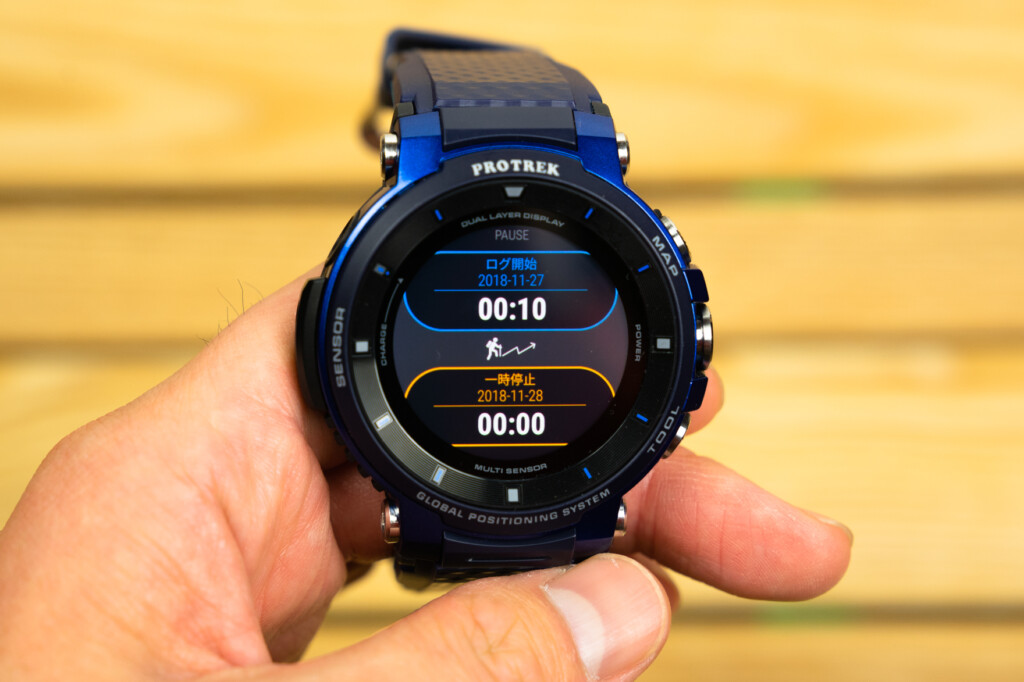
In "Extended Mode", you can set an action plan in advance and automatically turn off the power for the rest of the time, saving battery efficiently.
According to the manufacturer, if you record a GPS or map during the eight hours of each day, it will last three days, but I have actually tried it myself. The photo below shows the situation after about 8 hours of action, and the battery level is around 70%. It's certainly worth three days at this rate.
By the way, you could also start YAMAP on the back to track it. However, as expected, battery consumption did not go as described above, so it does not seem to have actually lasted for three days using the previous usage. I'll try to give this detailed check carefully in reviews after release.
Multi-timepiece mode
This mode is a monochrome display only, with all functions other than the time and sensor information display shut down to maximize battery consumption, and according to the manufacturer, the battery lasts for about a month. The two displays are "outdoor mode" for altitude, atmospheric pressure, and orientation, and "everyday mode" for steps and battery. It seems that it is intended for long-term traversing, which cannot be recharged for a long period of more than three days. However, personally, I always bring a mobile battery or solar battery, and if I assume that I will only use the clock function, I will bring a regular Pro Trek, so this is truly a mode just in case.
Offline maps that are easier to use with small details
The offline map has a high-definition and easy-to-use interface, and is now a modest upgrade with the F30 version. First, the direction you are facing on the map is now displayed.
Furthermore, the number of maps that can be downloaded and saved has been increased from one to five. This will allow you to store familiar mountain areas and other items and use them repeatedly with just one download.
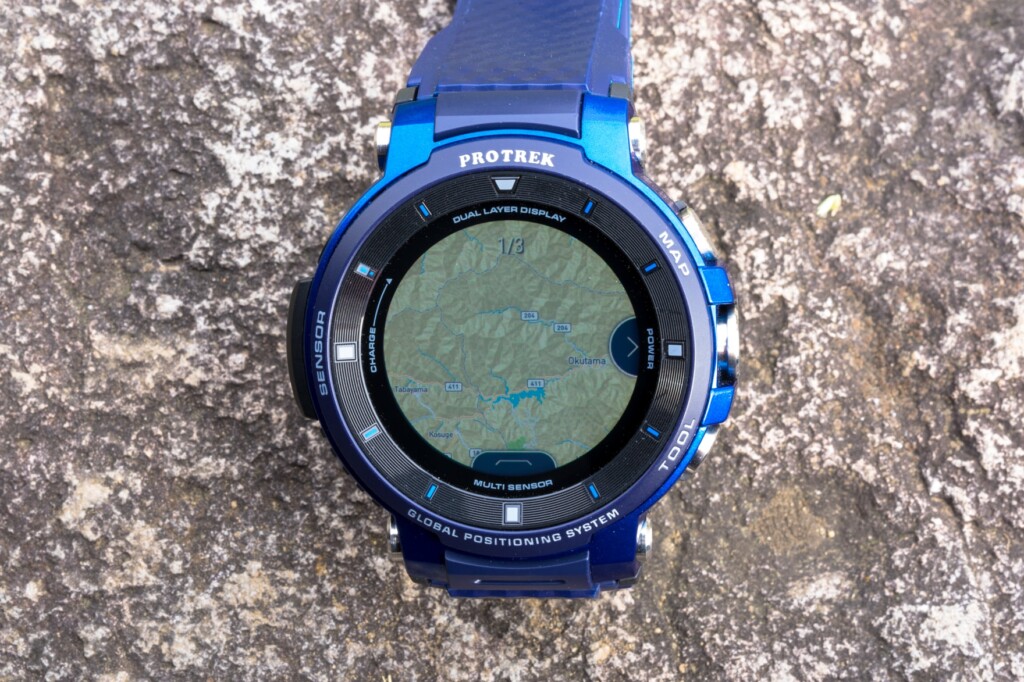
Downloaded map selection screen. The "1/3" at the top of the photo means the first of the three downloaded maps.
Summary: With the long-awaited orthodox evolution and detailed improvements, it will make it an outdoor smartwatch that you'll want to wear every day
The WSD-F30 a miniaturized body and is wrapped in an organic EL LCD , and while maintaining the concept of robustness that is ideal for outdoor activities and offline maps, it has become more compact, easier to read and use. With the battery that is a concern, the battery has also been provided to save money, and it can be said that it has made a solid progress in ease of use as an outdoor watch.
Furthermore, the latest version of Wear Os by Google has made apps like Google Assistant and Google Fit more accessible and easier to use, making it even more convenient for everyday use. The F30 has been made smaller yet easier to see , has steadily improved its usability as a smartwatch, and in that sense it will become an essential item for outdoor users, from everyday life to weekend activities.
Next time, after the release, I would like to further review the detailed usability and other details in the field.
As I mentioned at the beginning, it seems that advance reservations will begin on December 1st, 2018 at stores that sell PRO TREK Smart, so if you're interested, be sure to check them out. For more information or inquiries, please click here (official product page) . In addition, useful information and latest information from manufacturers are available on PRO TREK's Facebook page


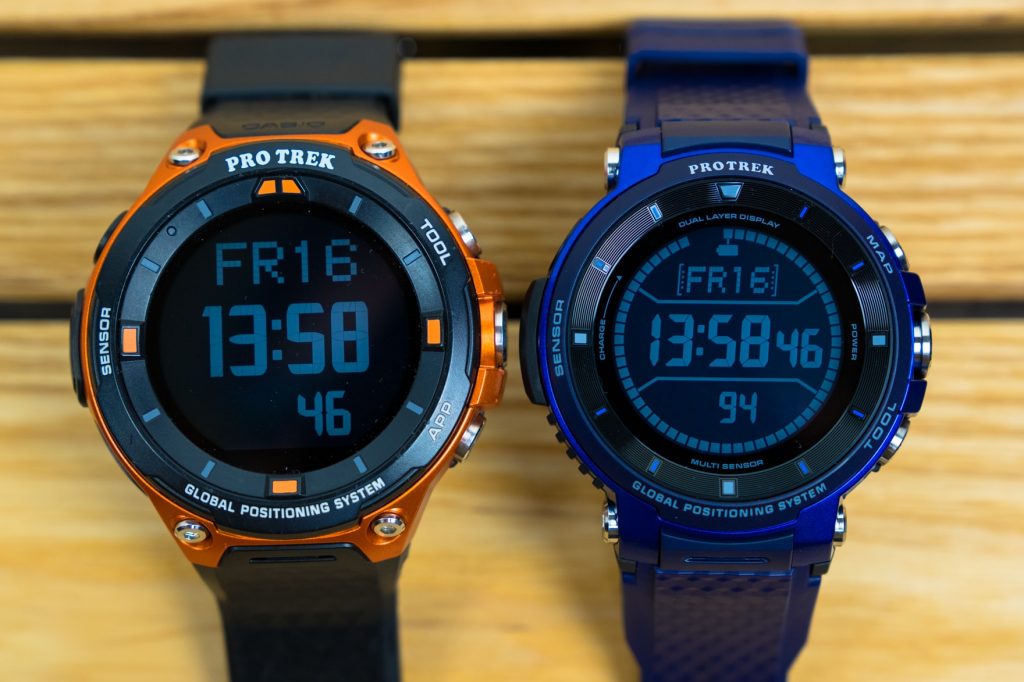
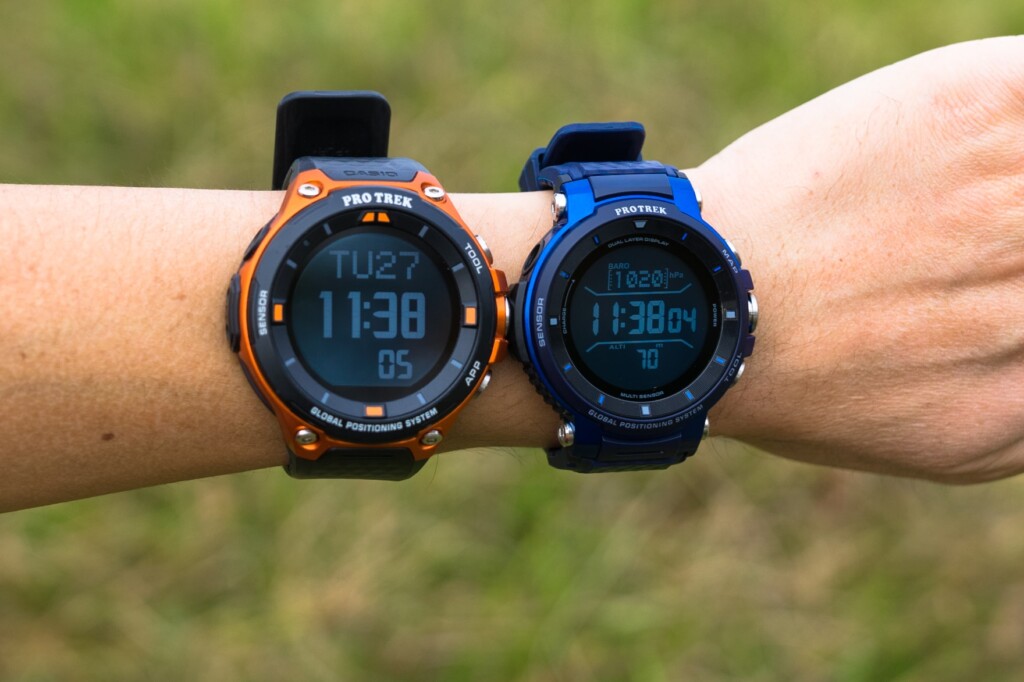
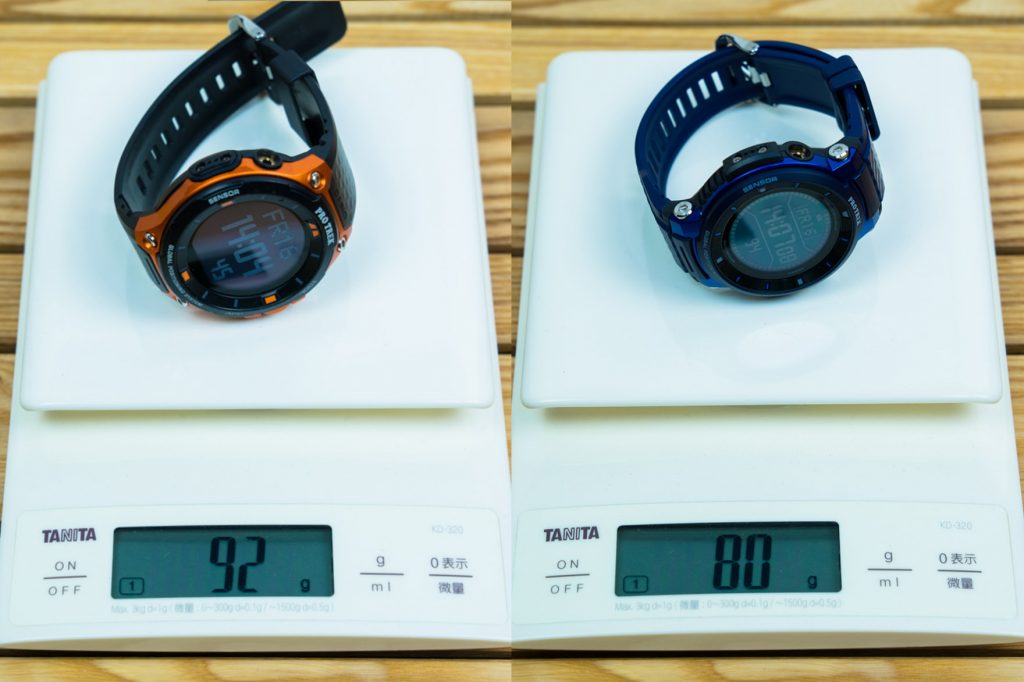


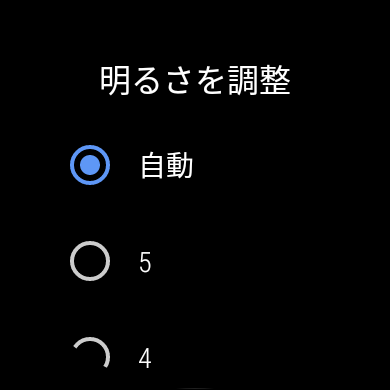
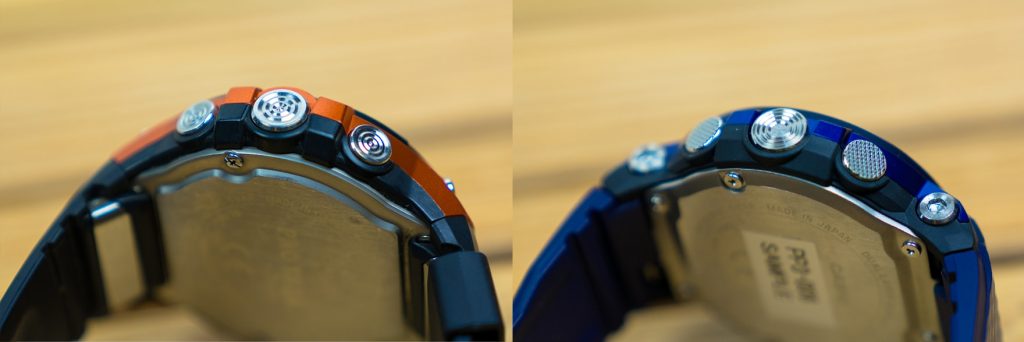
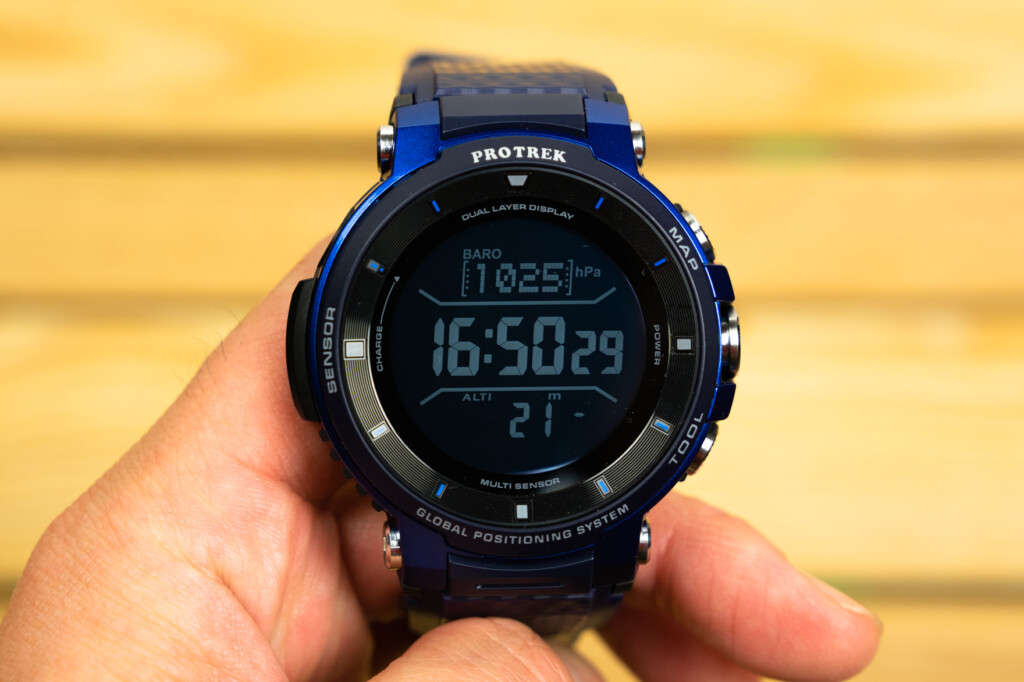
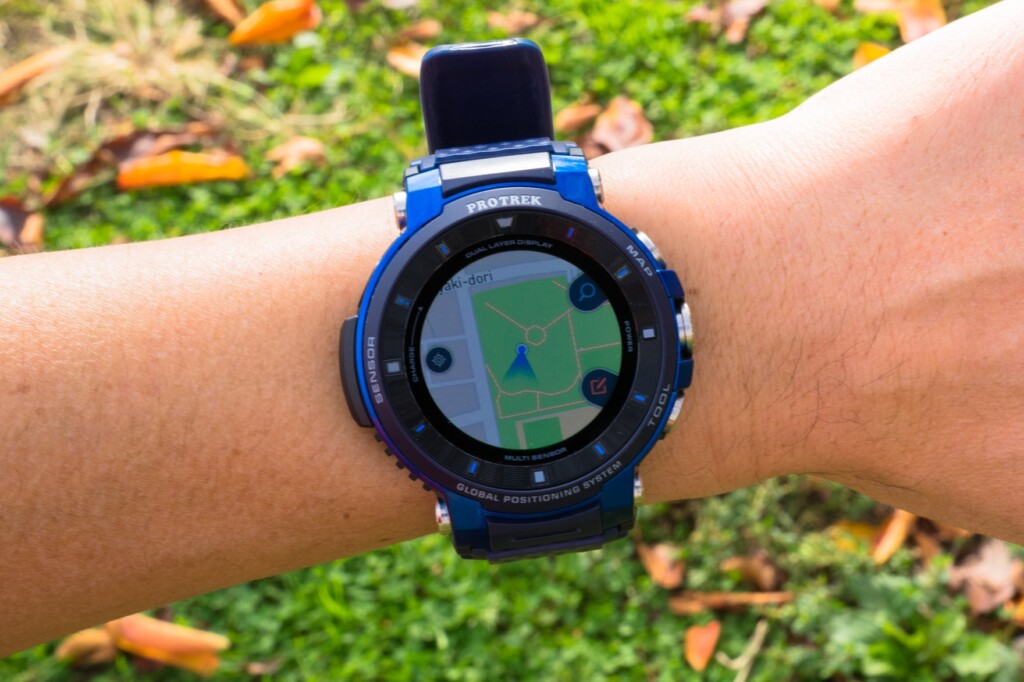
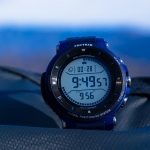 Review: We looked at how easy it is to use the Casio PRO TREK Smart WSD-F30 for mountain climbing and hiking.
Review: We looked at how easy it is to use the Casio PRO TREK Smart WSD-F30 for mountain climbing and hiking.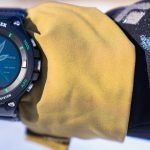 Review: Enjoy the winter outdoors with the winter-style Casio PRO TREK Smart WSD-F20X
Review: Enjoy the winter outdoors with the winter-style Casio PRO TREK Smart WSD-F20X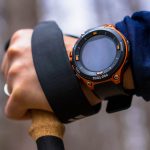 First Look: Casio PRO TREK Smart WSD-F20 What is the power of offline maps? I tried using it for a hike right away
First Look: Casio PRO TREK Smart WSD-F20 What is the power of offline maps? I tried using it for a hike right away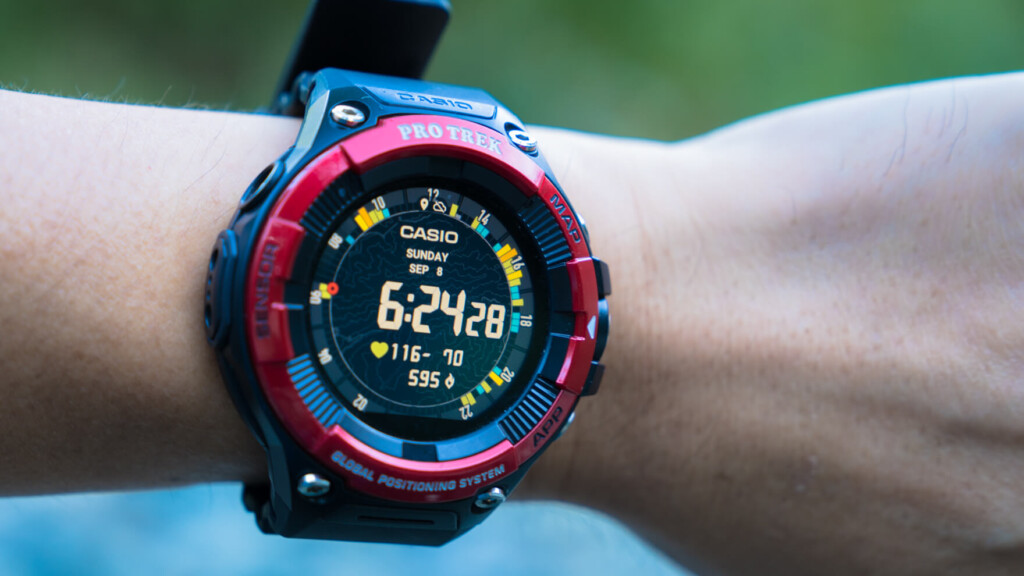 Fastest review: Casio PRO TREK Smart WSD-F21HR The long-awaited heart rate measurement function has been added. Outdoor smartwatch for those who want to play seriously
Fastest review: Casio PRO TREK Smart WSD-F21HR The long-awaited heart rate measurement function has been added. Outdoor smartwatch for those who want to play seriously